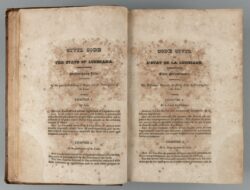History
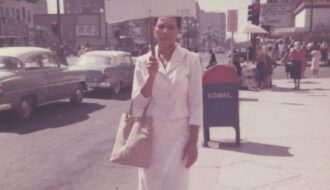
Louisiana Women in the Civil Rights Movement
As early as the antebellum era, Louisiana women fought for the rights of African Americans in the abolitionist movement.

As early as the antebellum era, Louisiana women fought for the rights of African Americans in the abolitionist movement.
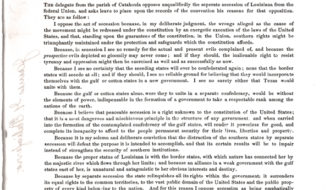
Louisiana seceded from the Union on January 26, 1861, although many in the state opposed the decision.

The election of Abraham Lincoln and threats to slavery’s expansion were two major factors in Louisiana’s decision to leave the Union.
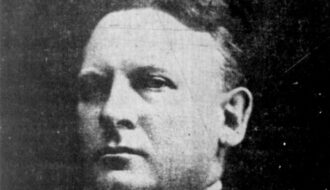
Before becoming governor of Louisiana, a position he held from 1912 until 1916, Luther Hall served as a state senator, a district judge, and a state appellate court judge.
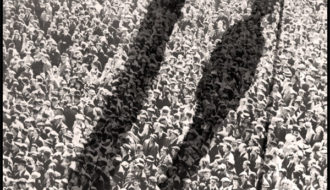
Lynching, an extralegal method of maintaining racial boundaries (and terror), has a long, bloody history in Louisiana.

Manuel Luis Gayoso served as governor of the Spanish colonies of Louisiana and West Florida from 1797 until his death in 1799.
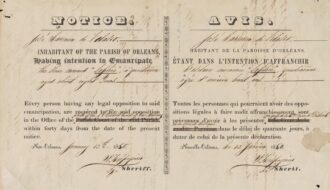
Manumission is the formal act or process of being released from slavery.

Bavarian immigrant Michael Hahn served as the first Union governor of Louisiana for one year during the Civil War.
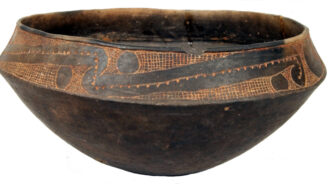
People of the Plaquemine, Caddo, and Mississippian cultures lived in Louisiana between 300 and 800 years ago during a time known as the Mississippi period.
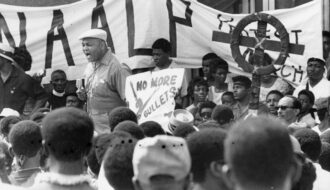
The NAACP, a national organization founded in 1909 to fight for citizenship rights for Black Americans, opened its first Louisiana branch in 1914.
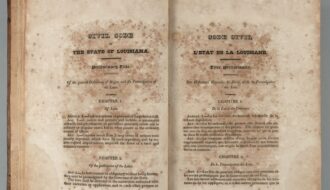
The French Civil Code of 1804 standardized civil law in France, becoming a model legal framework for jurisdictions around the world, including Louisiana.

The French Civil Code of 1804 standardized civil law in France, becoming a model legal framework for jurisdictions around the world, including Louisiana.
One-Year Subscription (4 issues) : $25.00
Two-Year Subscription (8 issues) : $40.00
